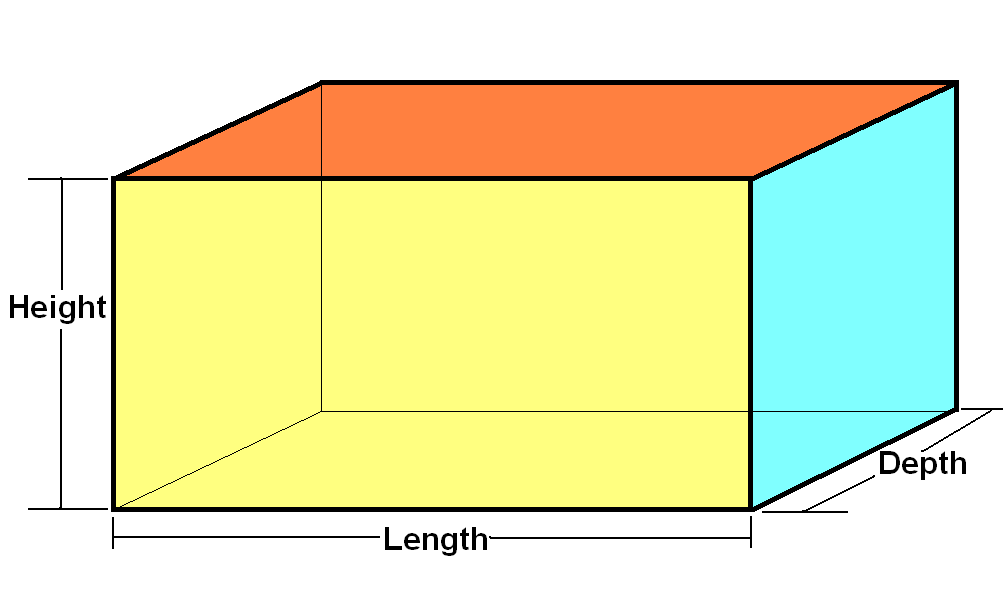“The black holes collide in complete darkness. None of the energy exploding from the collision comes out as light. No telescope will ever see the event. That profusion of energy emanates from the coalescing holes in a purely gravitational form, as waves in the shape of spacetime, as gravitational waves.”
-Janna Levin in “Black Hole Blues and Other Songs From Outer Space”
 |
| www.ligo.caltech.edu |
In 1969 Joseph Weber announced that he had detected
Gravitational Waves. He used a large Aluminum bar which he thought would ring
when a GW passed through it. But later he was proved wrong.
The basic principle behind LIGO was actually invented in a
course of general relativity taught by professor Rainer Weiss. It was a
Gedanken problem he gave to students.
Later he built a small 1.5m prototype. And he realized that
instrument needed to be big.
Construction of LIGO began in 1994 and completed in 1999.
The name LIGO was actually suggested by Rainer but Kip Thorne wanted it to
be “beam detector”.
There are two LIGO observatories: LHO (LIGO Hanford
Observatory) and LLO (LIGO Livingston).
 |
| www.ligo.caltech.edu |
And on September 14, 2015 the detectors caught the final
four orbits of a black hole 29 times the mass of the sun in a pair with a black
hole 36 times the mass of the sun.
Even though gravitational waves are not sound waves, they
can be converted to sound. In the video you can hear that chirp of merger
of two black holes.
Same exciting moment came again on December 26, 2015
when GWs were detected but this time it was due to merger of two smaller
black holes.
The best thing about the GW astronomy would be that it will allow
us to see the earliest moments of the Big Bang, because early universe was opaque
to light but it was not opaque to GWs. The first light which we now detect as
CMB radiation was free to travel only 300000 years after the Big Bang. But by
detecting GWs we will be able to see what actually happened in the earliest moments
of the Big Bang!
There are some great lectures of WorldScienceU by Rainer Weiss, Gabriela Gonzalez and Nergis Mavalvala.












